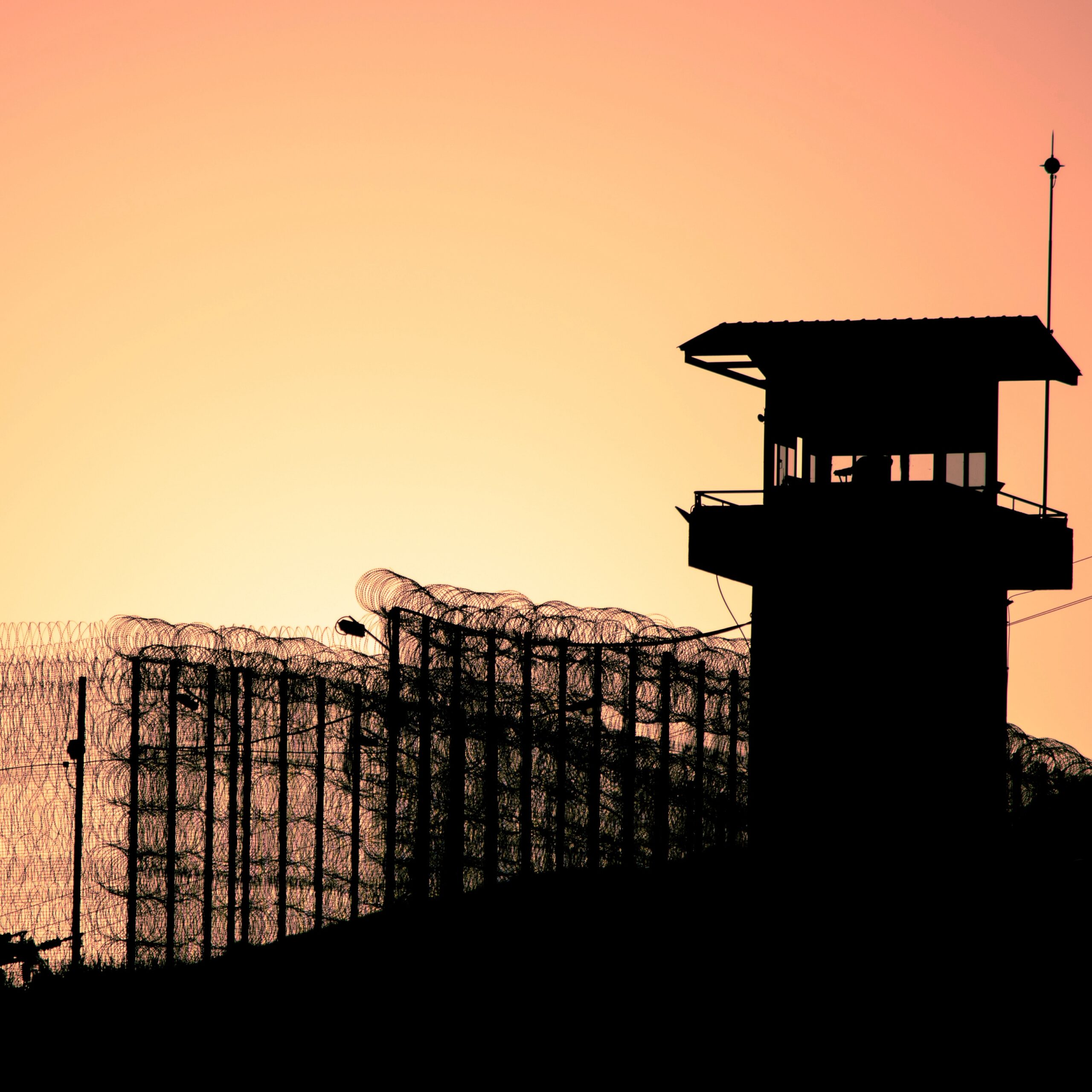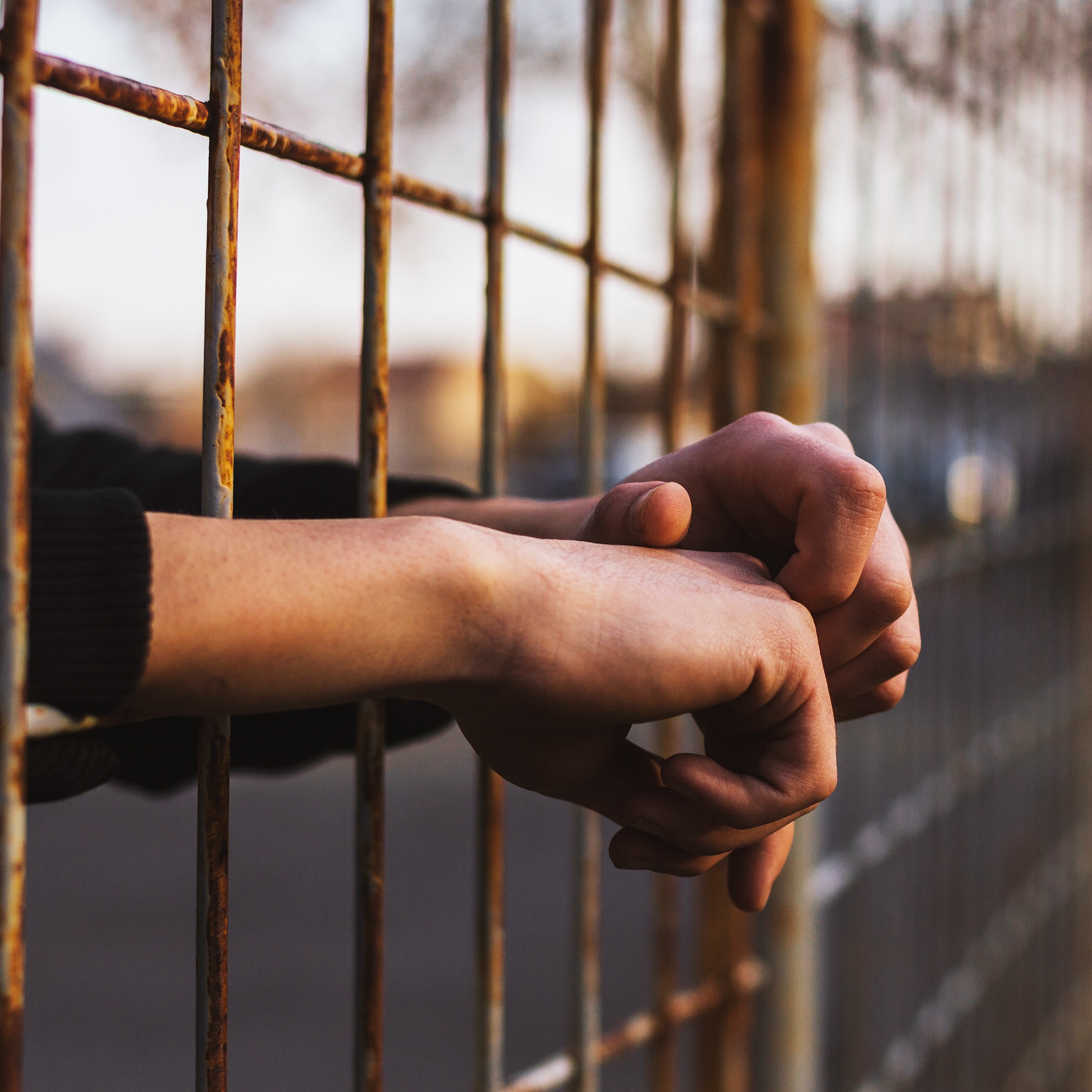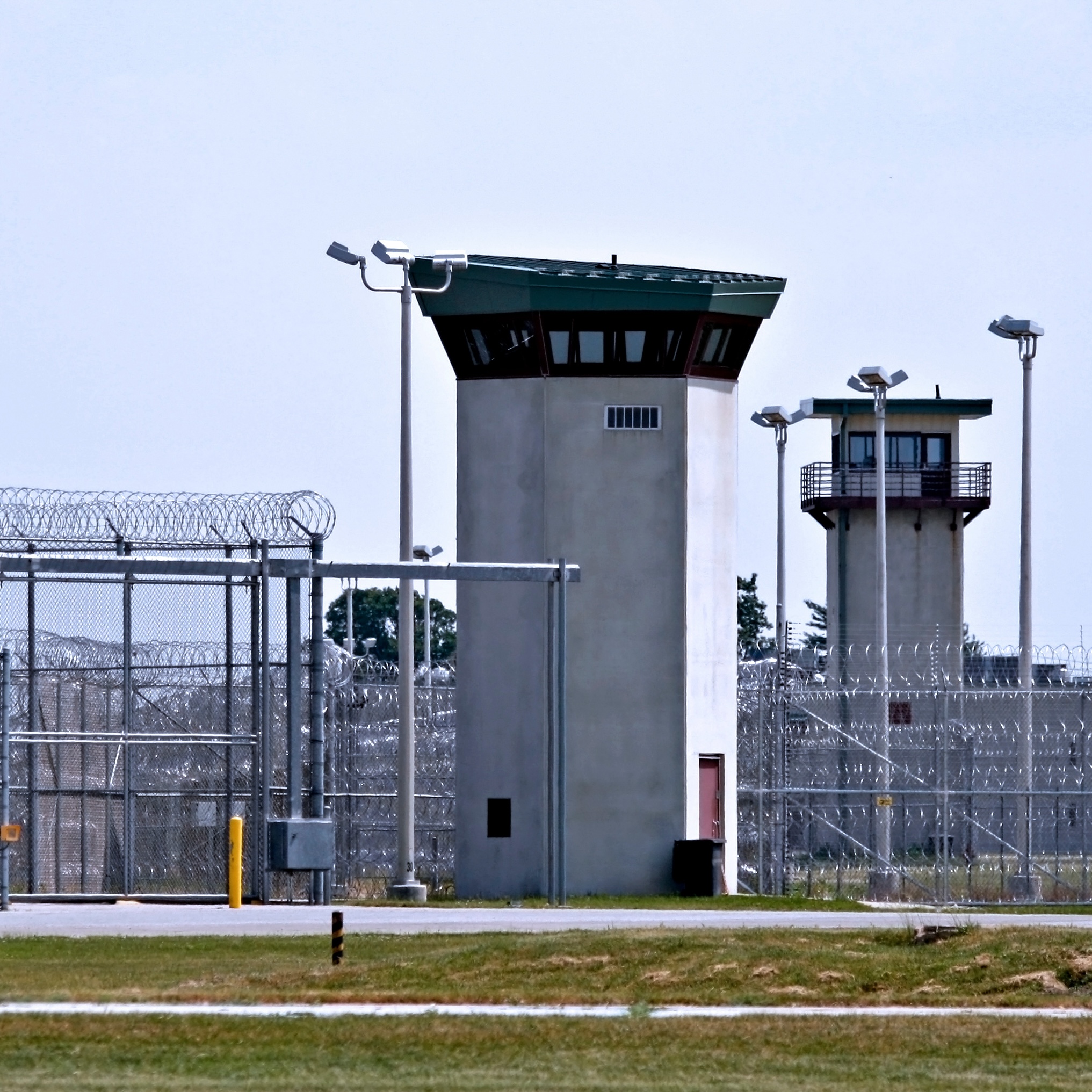
The disproportionate representation of people of color in the criminal justice system has received substantial scrutiny from researchers, the media, and others concerned that disparities reflect enduring, systemic race-based bias. Academic literature has produced numerous explanations for racial differences in criminal involvement, from the economic and social legacy of slavery and Jim Crow laws to contemporary discrimination in housing and education systems, bias by criminal justice decision-makers, and the effects of harsher sentencing policies adopted in the 1980s and ‘90s.
Disparities in imprisonment have narrowed over the past 20 years—and the Council on Criminal Justice launched the Pushing Toward Parity research series to find out why. To what extent is the criminal justice system reflecting or amplifying inequities in American society? How are different parts of the system working or not working to narrow the gaps? What policies and practices might accelerate progress?
The first two reports, in 2019 and 2022, assessed national-level trends in disparity in probation, parole, jail, and prison populations, crime-specific changes in imprisonment disparities, differences in disparity by race and sex, and changes in reported offending rates and decisions at the key stages of criminal justice case processing. New reports in 2024 assess the impact of sentencing reforms on disparity trends in 12 states, examine imprisonment trends among female populations, and explore challenges in measuring of Hispanic disparities.
Publications

Minimal Impact: Analyzing State Sentencing Reforms and Racial Disparities in Selected State Prison Populations
An analysis of more than 700 sentencing-related statutes adopted across 12 states between 2010 and 2020 found that the reforms had negligible impacts on reducing disparities in imprisonment. Instead, they largely codified earlier changes to enforcement, policing, charging, and sentencing practices.

Justice System Disparities: State-Specific Imprisonment Trends
Researchers took an in-depth look at disparity trends in imprisonment in 12 states–AZ, CA, CO, FL, GA, IL, NY, ND, PA, SC, TX, UT–as well as impacts the adoption of sentencing-related statutes may have had on those trends.

Racial and Ethnic Disparities in Female Imprisonment in the U.S.
An analysis of female imprisonment from 2000-2020 found large drops in disparity between Black and White women (-71%) and Hispanic and White women (-56%). By 2020, Hispanic women were less likely than White women to be in state prison.

The Measurement Divide: Analyzing Hispanic-White State Imprisonment Disparities in the U.S.
Examining imprisonment trends for Hispanic and White adults, researchers found that disparity declined from 2000 to 2020 but that the precise size of the drop is unclear because of a conflict in data and differences in how race and Hispanic ethnicity are measured.

Black-White National Imprisonment Trends

Trends in Correctional Control
Project Contributors
The Pushing Toward Parity project is a collaboration between Georgia State University, the Crime and Justice Institute, and the Council on Criminal Justice. Researchers and other contributors include the following:
Georgia State University
Crime and Justice Institute
Leonard Engel
Jessie Halladay
Colleen Bogonovich
Vibha Honasoge
Shannon Mangram
Quentin Weld
Council on Criminal Justice
We are also grateful to James P. Lynch, Chair and Professor (emeritus) of the Department of Criminology and Criminal Justice at the University of Maryland at College Park, for his contributions to the analysis of disparity trends in the imprisonment of Hispanic people.
The following advisers provided guidance but were not asked to endorse any findings or their presentation: Keith Humphreys, PhD, Charis Kubrin, PhD, Evelyn Patterson, PhD, Steven Raphael, PhD, Jennifer Skeem, PhD, and Bruce Western, PhD. We thank them for their contributions.
Press Releases
About the Art
The banner design was created by an adult in custody designer in the Oregon Corrections Enterprises (OCE) Graphic Design program. The mission of OCE, in partnership with the Oregon Department of Corrections, is to promote public safety by providing adults in custody with work and training opportunities in a self-sustaining organization.






